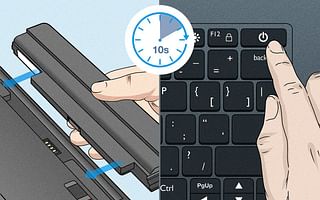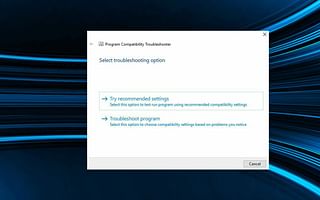🔧 Troubleshooting Software Glitches: A Step-by-Step Guide
Are you experiencing software glitches and looking for a solution? Look no further! Our step-by-step guide will help you troubleshoot and resolve common software issues. Whether your program is not opening or a feature is not working as expected, we've got you covered.
Step 1: Identify the Problem
The first step in troubleshooting a software glitch is to identify the problem. Take note of any error messages that appear. This will help you understand the root cause of the issue.
Step 2: Restart the Software
Once you've identified the problem, try restarting the software. This simple step can often resolve minor glitches. It allows the software to reset and start fresh, potentially fixing any temporary issues.
Step 3: Update the Software
If restarting doesn't resolve the issue, check if there are any updates available for the software. Running outdated software can often lead to glitches. Updating the software ensures that you have the latest bug fixes and improvements, which may solve the problem.
Step 4: Reinstall the Software
If the problem persists even after updating, it's time to consider reinstalling the software. This step can often resolve more complex issues. Uninstall the software from your device and then reinstall it from a trusted source. This process will replace any corrupted files and restore the software to its original state.
Step 5: Contact Support
If all else fails, don't hesitate to reach out to the software's support team. They are there to assist you and can provide further guidance in resolving the issue. Explain the problem you're facing and provide any relevant details. They may have additional troubleshooting steps or solutions specific to your situation.
Remember, troubleshooting software glitches can be a straightforward process if you follow these steps. By identifying the problem, restarting or updating the software, reinstalling if necessary, and seeking support when needed, you can overcome common software issues and get back to using your device smoothly.
For more helpful guides on resetting passwords, troubleshooting devices, and resolving other tech issues, visit How Reset. Our step-by-step guides make it easy to navigate through various tech challenges. Resetting your devices and passwords has never been easier!















